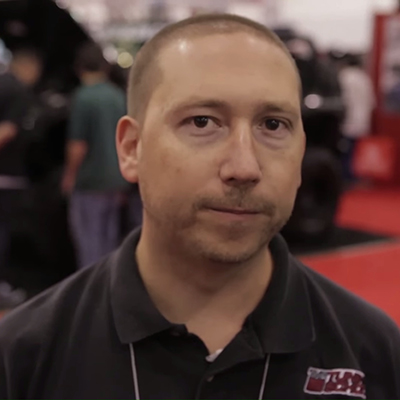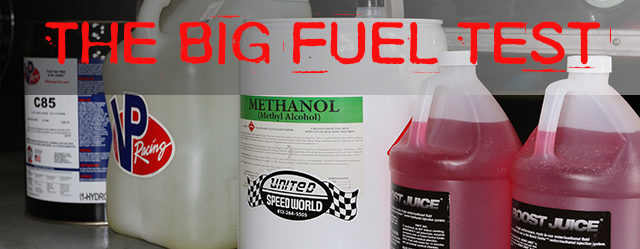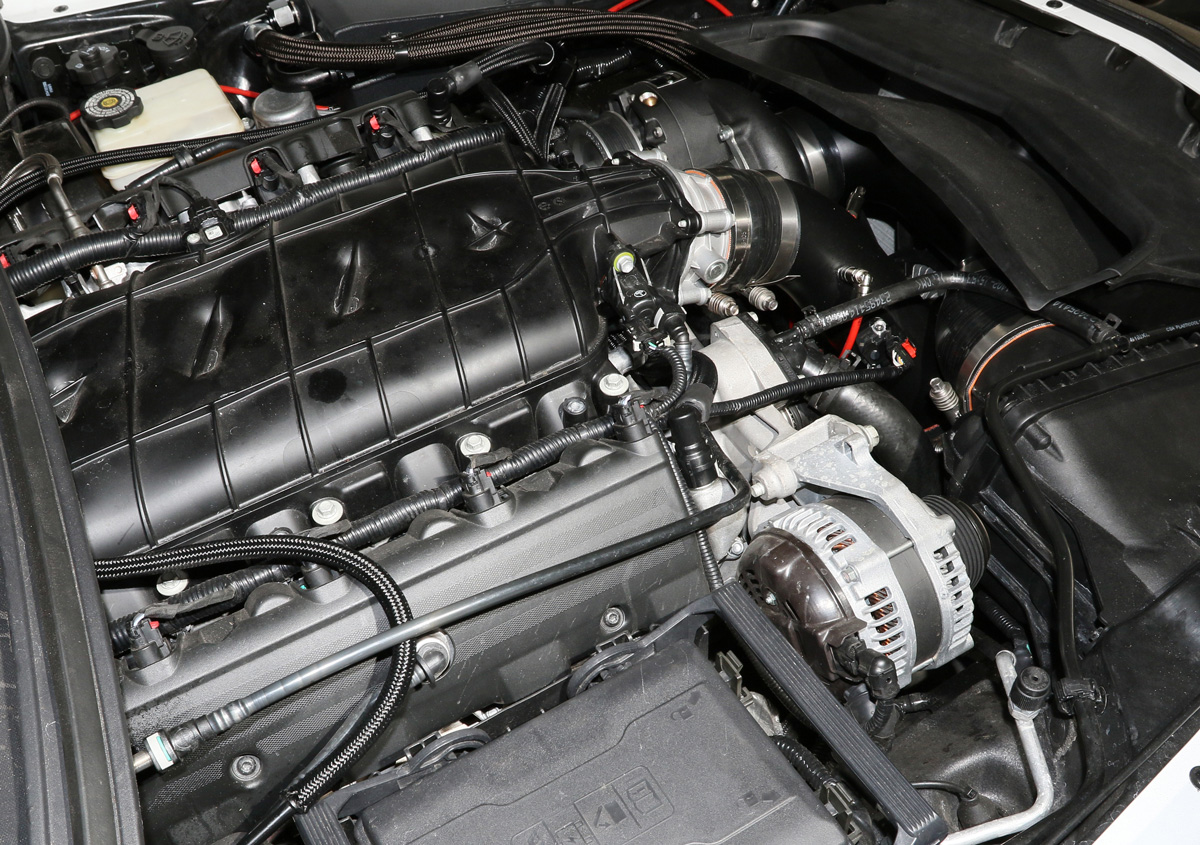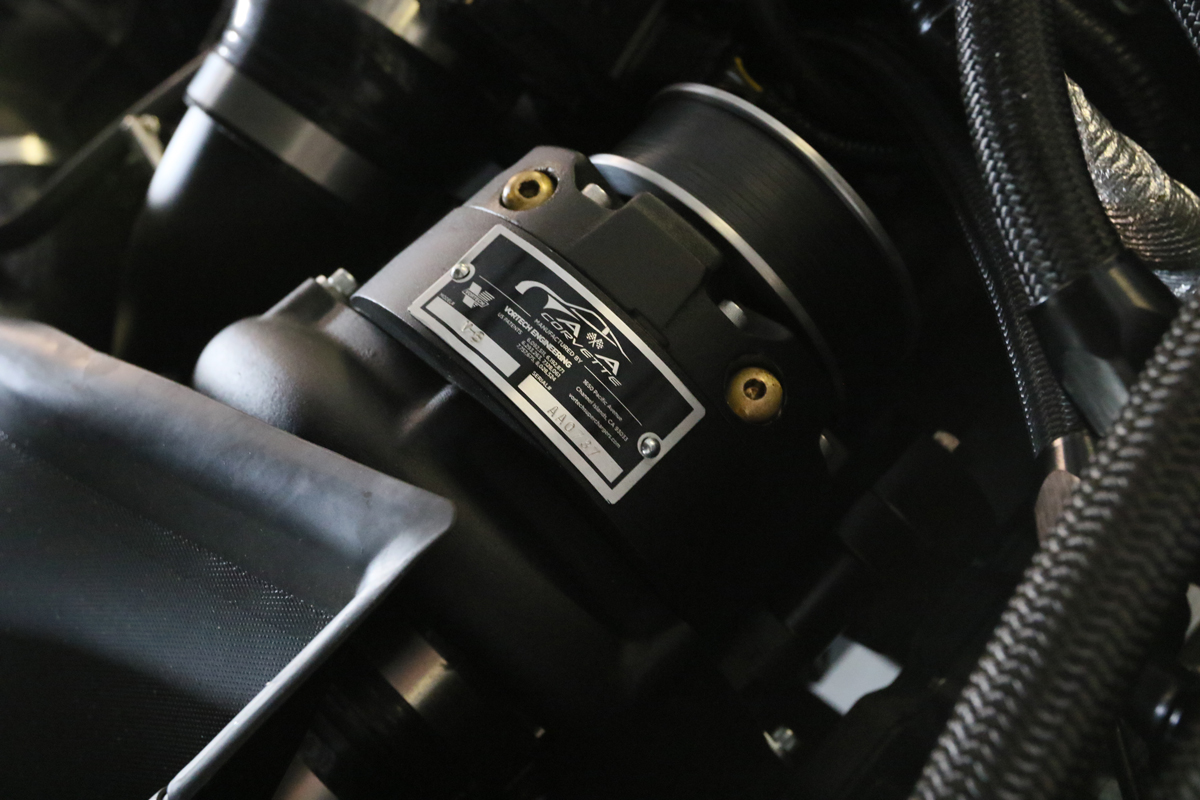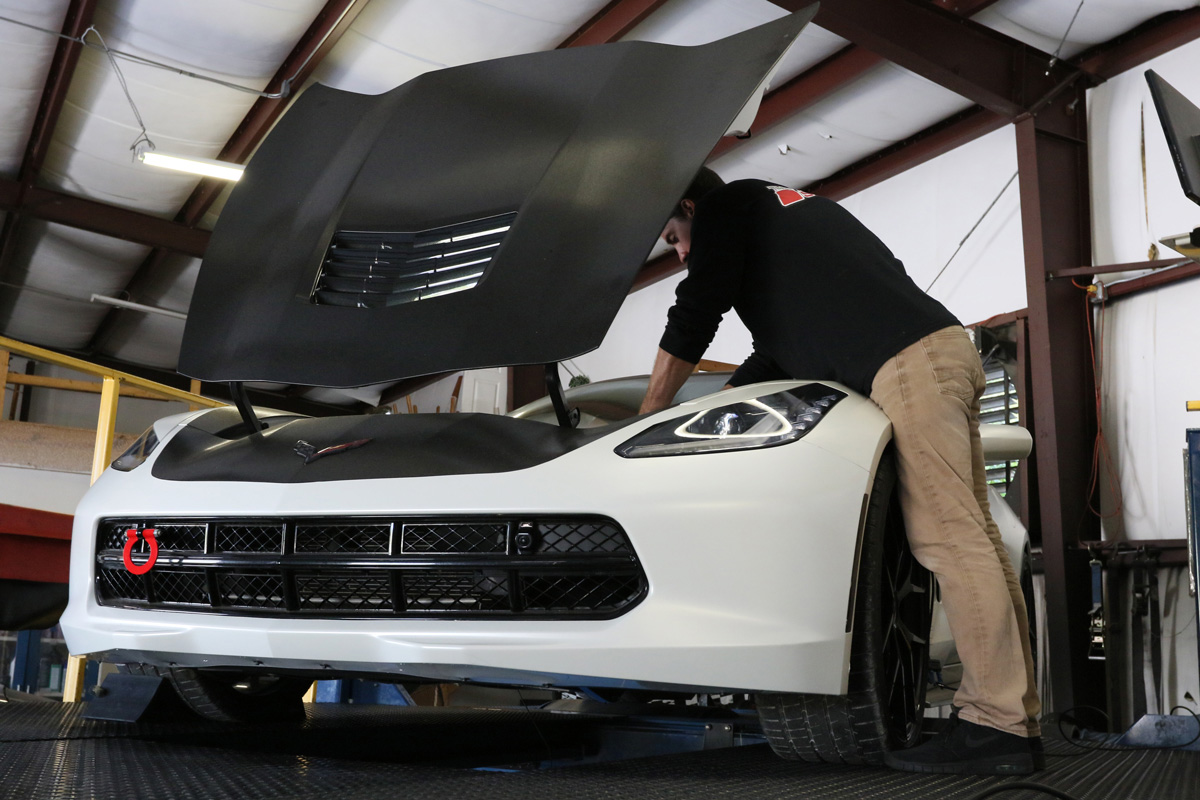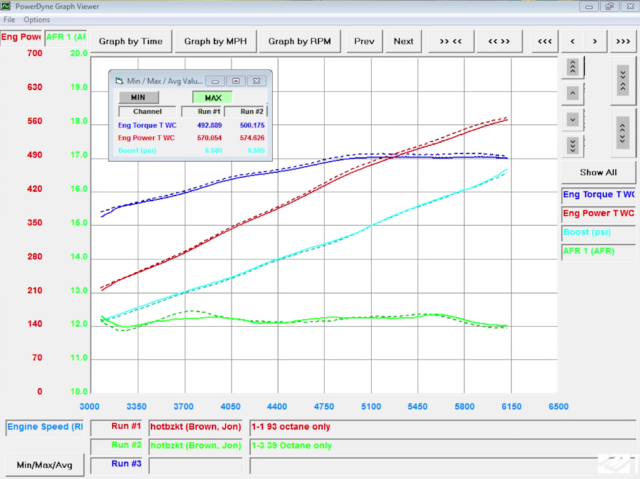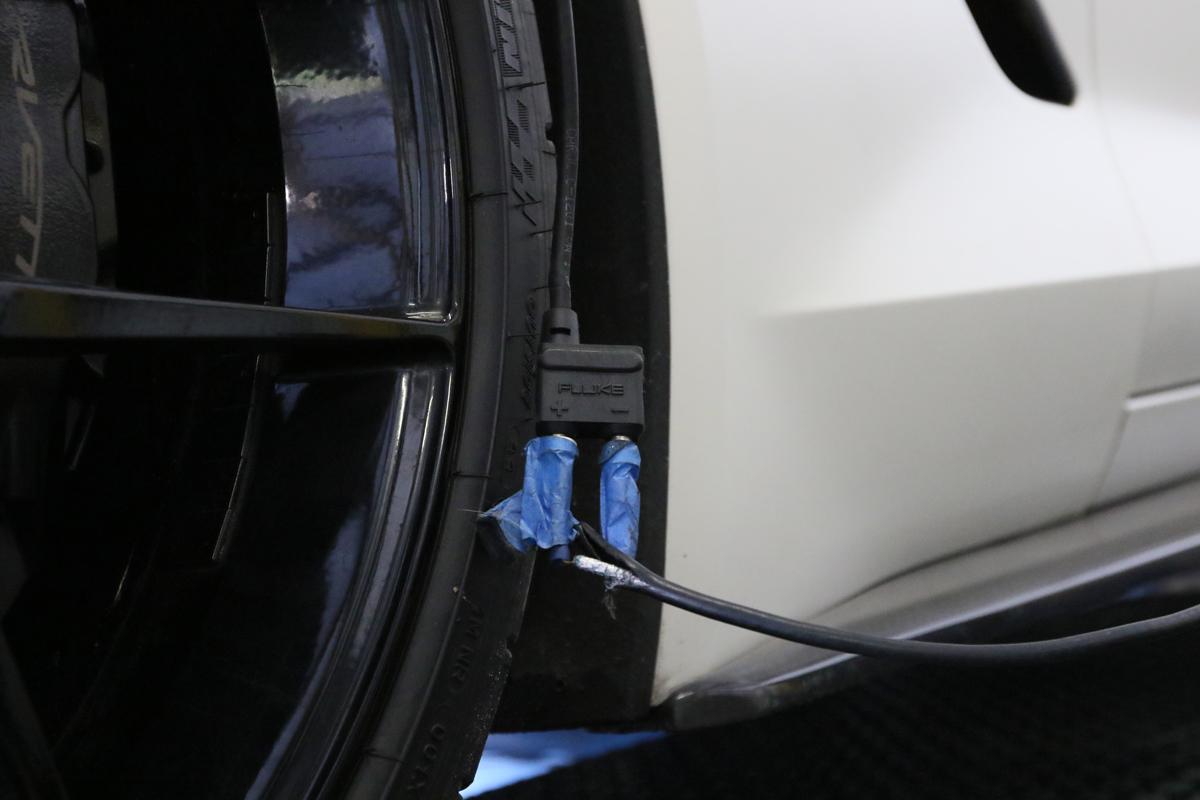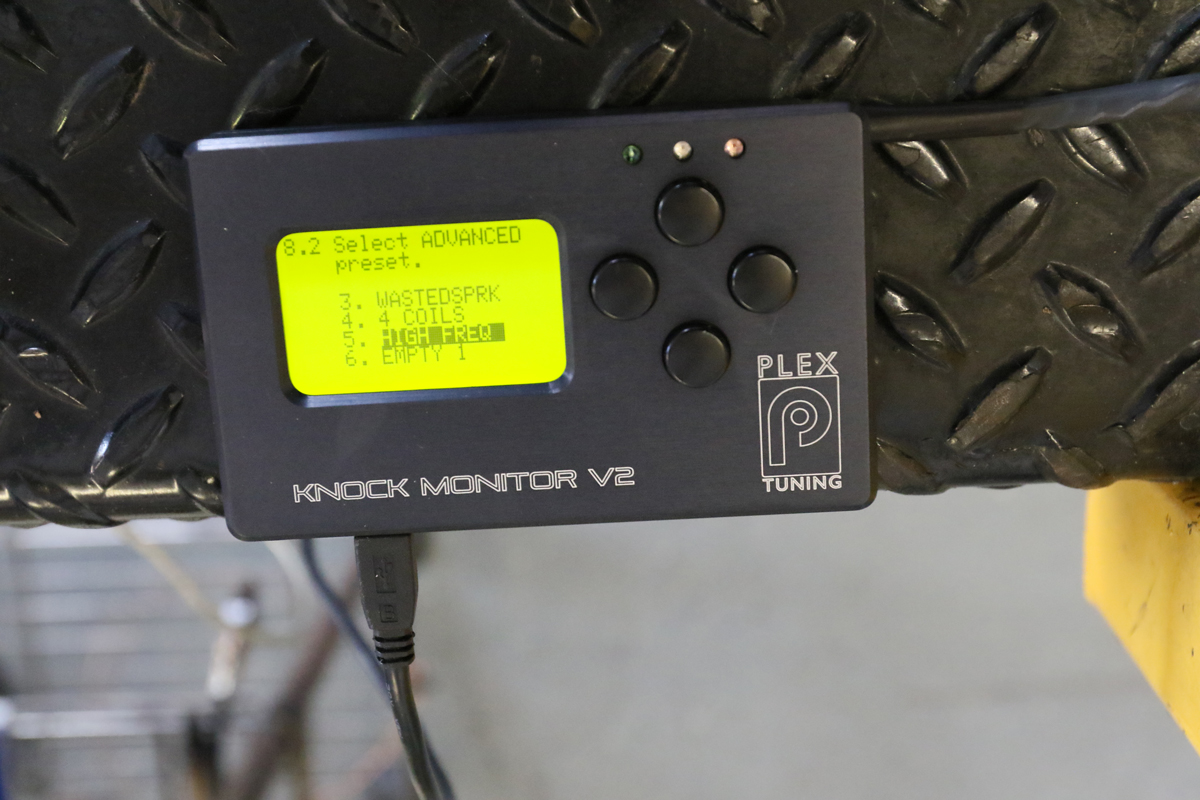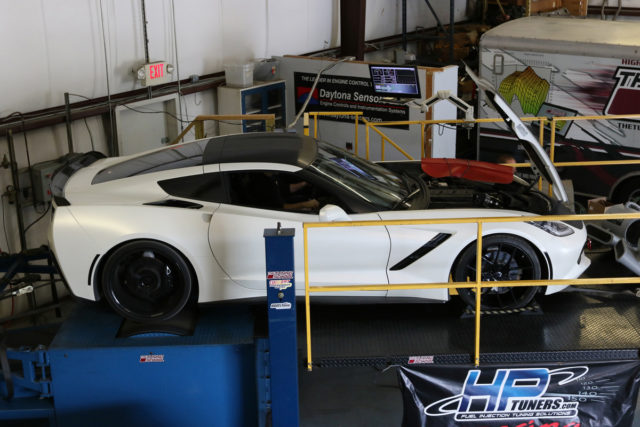Race fuels, octane additives and meth injection can make all the difference – and not just how you’re thinking either. With high quality and expensive fuels, you can gain power, or you can lose power.
Yes, I said that you can lose power. By selecting the wrong fuel, or worse yet, by not tuning the engine for that new fuel after you fill up the tank, your dreams of power become frustrating hours of power loss. We’ve seen huge variations in power output from testing – enough to know that you can have a 10% change in power on a 550-rwhp car, just from fuel and the accompanying required tune changes (that’s 50+ hp)! Now that I’ve gotten the ugly part of changing to race fuel out of the way, let me introduce who I am, and what this series is all about.
My name is Bob Morreale, and I am writing for Engine Labs as a part of a new idea put into motion over a year ago, while speaking at the AETC Conference. We agreed that there was a real challenge for professional journalists to get into the trenches of the performance aftermarket to get more hardcore articles.
So, a plan was hatched to start getting some of the guys who’s daily job is to serve the performance aftermarket in a technical aspect, and have them write articles to help fill this need, to better educate our industry. That’s where I come into play (and, I suspect, others like me in the future). I am not a professional journalist, but I do a lot of technical writing and testing. I spend most of my days doing research and development for The Tuning School, out of Odessa, FL, which I founded.
I’ve spent my days tuning since 1997, full time. I take my findings, and after months of testing we come up with tuning processes and procedures which ultimately become the meat and potatoes of our learn at home, online and live seminar courses we teach all over the world. In addition to figuring out new ECMs and tuning processes, I spend hours each day doing tech support helping the shops who are building and tuning performance street and race cars, which means I see a LOT of what’s going on in the aftermarket around the world. I get to see and help with the new and crazy, and there’s plenty of it.
My goal here is simply to share some of what I learn and hope it helps educate others. Having said that, and now sitting on the finished side of 13 different tests of everything from pump gas to leaded race fuel to methanol injection and more, I believe that the data I’ve gathered from this test series will be beneficial to you in many ways, so let’s define what we’re actually doing here.
This article is the start of a race fuel, octane additive and “injections” test series that spans 13 different test fuels and injections. We have several constants we will be holding through each test, a few variables, and of course, the results.
Our test mule is a C7 Corvette with a Vortech V3 supercharger, cam upgrade, headers, and exhaust. Naturally aspirated the combo made 400-rwhp, but with an intercooled 8psi flowing into the factory LT1 intake it made 574-rwhp.
Testing Specs
Starting with the constants, let’s explain the test environment: the test car and dyno setup. For our test car, we are using a 2016 Chevrolet Corvette Z51, 6.2L LT1 engine with direct injection, equipped with a Vortech V3 supercharger and intercooler, blower spec’d camshaft, long-tube headers and high flow exhaust. Essentially, we view this car and combination as representing the “sweet spot” in the market, and thus a good car for our tests. We identify this sweet spot as cars that are capable of low 10 second to low 12 second quarter mile times; the bread and butter of most performance shops. Most street/strip performance car owners are happy in this power range. Yes, we could have built a more powerful car to test with, but we see this car as a good and reliable representation of what most tuners and customers will be dealing wtih.
Our test car makes about 400-rwhp naturally aspirated, and 574-rwhp on 8 psi of boost peaking at 6,200 rpm on our Mustang Chassis Dynamometer (Model MD-1750) on pump gas, 93 octane. Our load bearing dyno allowed us to attain repeatable pulls within 1 hp for backup pulls, done back to back to confirm results. We also gave each fuel an opportunity to make a “glory” pull, which meant allowing the car to cool for 2 hours and make a final pull with the best tune we could dial in. Typically, the “glory” pulls gained about 10 hp and lb-ft over the heat soaked pulls.
Each test performed was done with the same 4th gear pull, the same test range of 3,000-6,200 rpm. For all tests we held the boost the same, but used spark advance, as well as adjusted the air/fuel ratio to find the best safe power each fuel would make. Other variables like oil temperatures and ambient air temperatures were also maintained closely from test to test. Yes, we were aware that the results may have changed with allowing more boost, but it was impractical given the pulley changes required when trying to find the limit with small, 1 psi increments. Our next test series will be using a turbocharged vehicle to take advantage of the ability to make small boost changes, but that’s for a future test series.
Baseline
With these test parameters in mind, we have our baseline testing done on the car. As stated above, we made the following power on our baseline:
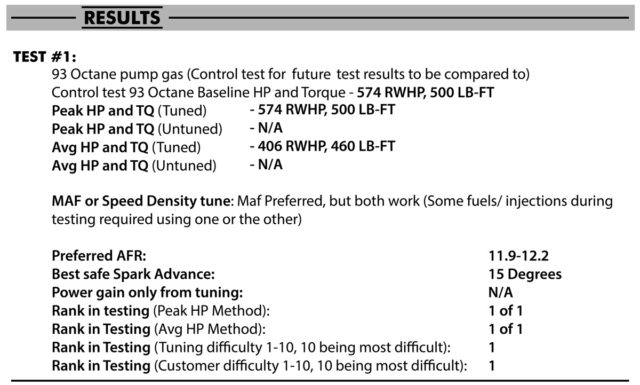
This was our baseline test, used to establish a control against which all the other fuels, additives and injections were measured. In the upcoming tests, we’re going to see how each of the other fuels, additives and injections measure up when you don’t retune for them by using this as a baseline comparison.
We’re also going to quantify the fuel’s performance in another way, from the eyes of the tuner and the customer. We rank the tuning difficulty for 93-octane pump gas as 1, or “easy” and customer difficulty of use as 1, or “easy.” We ranked them both easy because dialing in the tune calibration was simple, as no tricky fuels were in play, and the customer can obviously find pump gas everywhere and driveability is good (no cold start issues, like you see when running ethanol based fuels, for example).
The Plex Knock Monitor was the most accurate method of determining the knock threshold – much better than the factory LT1 sensors, which are prone to false knock.
Tuning on pump gas, 93 octane resulted in a maximum safe spark advance of 15 degrees. We measured this with our Plex Knock Monitor as a known method to prove when we encountered real knock. We added spark advance 2 degrees at a time until stopping at 15, because knock occurred at 16 degrees, although considerably more power could have been made if we risked keeping the extra spark advance.
The air/fuel ratio preferred was a reasonable 11.9-12.2:1, keeping in mind that direct injection cars tend to prefer .5 AFR leaner than port fuel injection cars.
What’s Next?
With this test being our baseline, the next test will be with this same 93 octane pump gas and Boostane (an octane booster). This next test will serve to prove whether or not there is value in this type of additive, which is a simple pour-it-in-and-go type of product.
The Boostane claim is that it’s a cost effective way to enhance the octane of any fuel, up to about 110 octane. The additional benefit of the product is that it’s easy to use and portable (quart sized bottles), making it easier to deal with than lugging 5 gallon pails of race fuel to the drag strip, road course or wherever you plan to go full throttle at.
Here’s a list of all the fuels, additives and injections we tested for this series:
–93-octane pump gas
–93-octane pump gas plus BOOSTane
–VP Racing C9
–VP Racing MS103
–VP Racing MS109
–VP Racing C16
–VP Racing C85
–Pump ethanol E85
–93-octane pump gas plus water injection
–93-octane pump gas plus Boost Juice injection (Snow Performance)
–93-octane pump gas plus Methanol injection (straight)
–VP Racing C16 plus Methanol injection (straight)
–VP Racing C85 plus Methanol injection (straight)
It should be noted that we will be making all future test runs with at least 15 degrees of spark advance, and going up 2 degrees at a time until we find maximum power or knock (as proven with our Plex Knock Monitor).
However, since this was our baseline test, we decided to go the opposite direction to simply see how much power could be lost if the timing were lower than 15 degrees. The most severe loss in power resulted when spark advance was a mere 6 degrees – resulting in a poor 485-rwhp. This made 91-rwhp less than our optimal safe spark advance, which was 15 degrees.
Wanting to confirm our dyno’s results from these tests, we found the Corvette lost by a full carlength when roll raced from 50-110 mph against our company’s Ford test car, a 2011 Mustang GT 5.0L, equipped with a Vortech supercharger, headers and Boss 302 intake (which makes 525-rwhp at 10 psi of boost). However, with the Corvette’s spark advance back up at 15 degrees, it put the Mustang back to the rear of the pack, proving the dyno right, and the extra time spent tuning for each type of fuel to be as critical as choosing the correct components to work together in the build in the first place. Check out the results of Boostane next, they just might surprise you!


